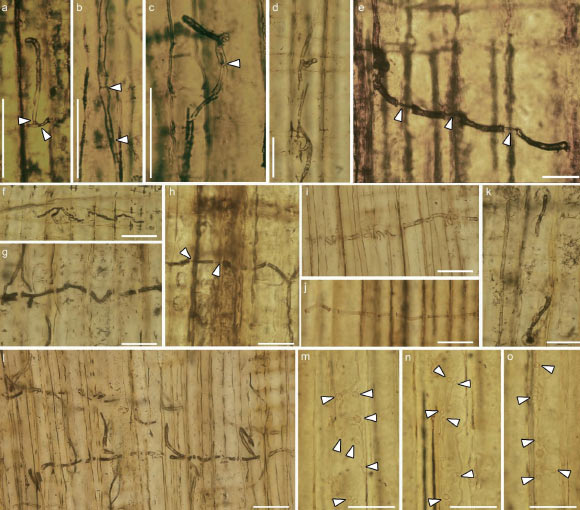Now Reading: Physicists Explore Light’s Interaction with Quantum Vacuum
-
01
Physicists Explore Light’s Interaction with Quantum Vacuum
Physicists Explore Light’s Interaction with Quantum Vacuum

Swift Summary
- Achievement: Physicists have successfully conducted real-time, 3D simulations of laser beam interactions with the quantum vacuum.
- Phenomenon Observed: Simulations recreated “vacuum four-wave mixing,” where photons interact with virtual electron-positron pairs,generating a fourth beam in a “light from darkness” process.
- Technology Used: Researchers employed an advanced version of OSIRIS simulation software for modeling laser-matter interactions.
- Insights Gained:
– Full range of quantum signatures captured during a three-beam scattering experiment.
– Real-time evolution of quantum vacuum interactions observed, along with effects of asymmetrical beam geometry on outcomes.
– Models guide experimentalists in designing high-energy experiments using realistic laser configurations and pulse timings.
- Future Applications:
– Assisting high-energy experiments at advanced laser facilities.
– Possibly aiding searches for hypothetical particles like axions or millicharged particles (dark matter candidates).
- Quote by Professor Peter Norreys, University of Oxford: “This is not just an academic curiosity – it is indeed a major step toward experimental confirmation of quantum effects that until now have been mostly theoretical.”
- Published Research: The findings are published in Communications Physics under the title Computational modelling of the semi-classical quantum vacuum in 3D.
!Illustration
Image Credit: Zixin (Lily) Zhang. Illustration depicts photon-photon scattering using petawatt lasers to polarize the quantum vacuum.
Indian Opinion Analysis
The breakthrough in understanding and simulating the behavior of the quantum vacuum marks an advancement not only for fundamental physics but also opens avenues for practical applications ranging from particle detection to exploring dark matter possibilities. While India does not currently host facilities on par with those mentioned here-like petawatt-scale lasers-the country can leverage such developments as inspiration to strengthen its own research infrastructure and capabilities. Collaboration between Indian institutions and leading international centers coudl be vital as this field progresses.
In terms of implications for science globally, tools such as OSIRIS highlight how computational modeling complements physical experimentation, enabling researchers to make rapid progress without immediate dependence on large-scale physical infrastructure. For India’s scientific community, investment into similar simulation tools may prove beneficial across various branches like material science or plasma physics.
Moreover, advancements tied to fundamental phenomena such as photon interaction align closely with India’s focus on fostering innovation within technologically transformative sectors like photonics and defense R&D. Initiatives such as these encourage a deeper knowledge base while enhancing prospects for interdisciplinary growth across academia and industry alike.




























